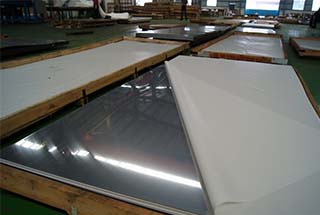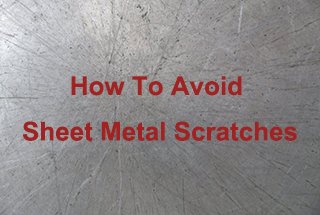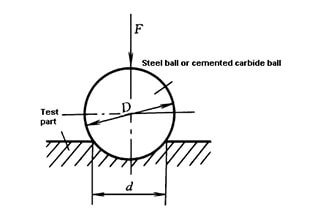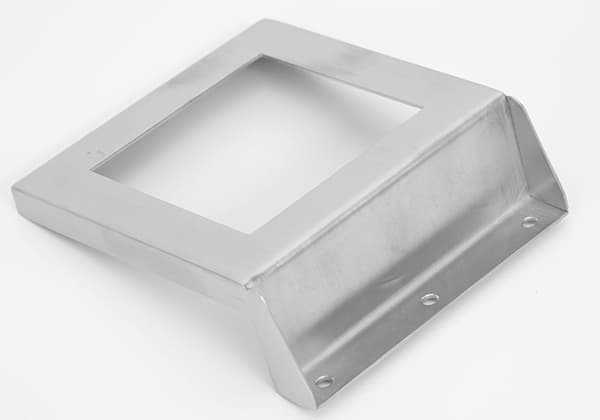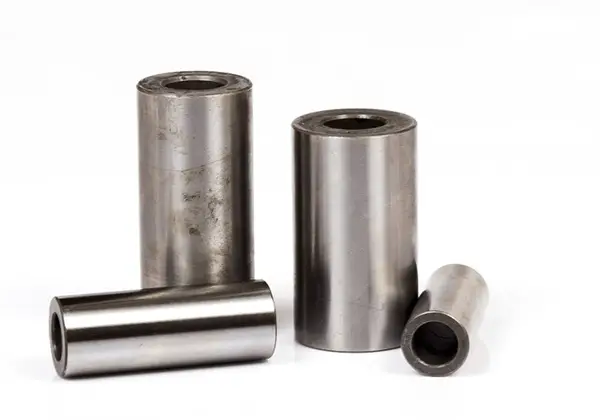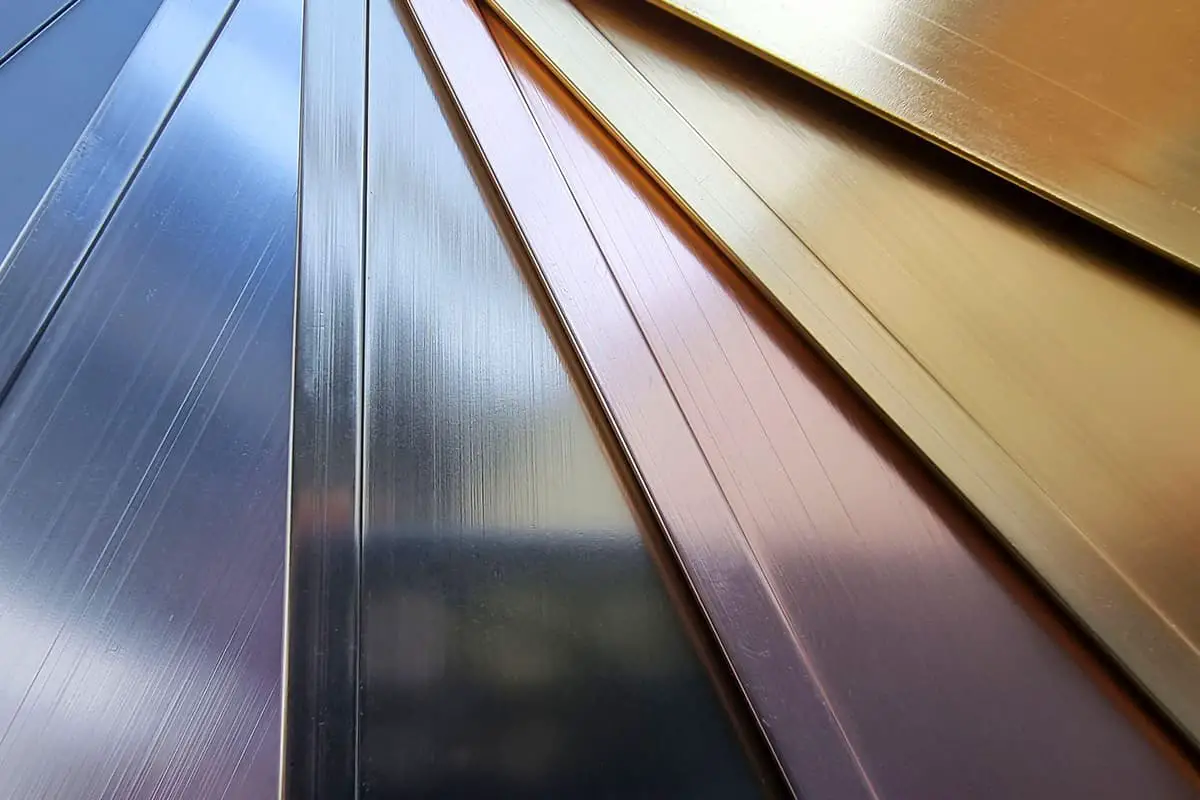
How does sheet metal evolve from raw material to intricate components in our everyday devices? This article dives into the fascinating world of sheet metal fabrication, exploring materials like SPCC, SGCC, and SECC. You’ll discover how different treatments and techniques enhance their properties and applications. Expect to learn about the processes that transform simple metal sheets into durable, versatile parts used in countless industries.
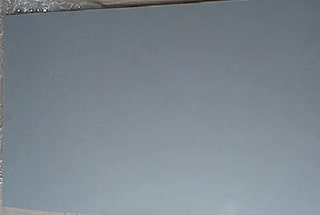
Sheet metal fabrication is a type of processing technology, but a complete definition of it is yet to be established.
Typically, it can be defined as:
Sheet metal fabrication is an extensive cold-working process for metal sheets, typically less than 6mm in thickness.
The process encompasses various techniques, including laser cutting, shearing, punching, cutting, laminating, bending, welding, riveting, splicing, and forming (such as for automobile bodies).
SPCC (Steel Plate Cold Coiled) cold-rolled sheet is predominantly employed for applications requiring post-forming surface treatments, such as powder coating, paint baking, and electroplating. This versatile material is widely used in industries ranging from automotive to appliances and electronics.
The primary rationale for utilizing SPCC is its superior formability and excellent surface finish, which make it ideal for subsequent surface enhancements. While SPCC offers good machinability and weldability, it is inherently susceptible to corrosion. Its surface characteristics include a slight oily residue from the cold-rolling process and a distinctive dark luster, both of which necessitate proper surface preparation before finishing.
Key advantages of SPCC include:
These properties make SPCC an optimal choice for applications where aesthetics and corrosion resistance are crucial, as the material provides an excellent base for high-quality surface treatments. However, it’s essential to implement appropriate storage and handling practices to prevent premature rusting before the final surface treatment is applied.

Fig. 1 SPCC coil

Fig. 2 SPCC cold-rolled sheet
SGCC galvanized steel sheets are engineered to provide superior corrosion resistance, significantly extending the lifespan of the base metal. This protective measure is achieved through the application of a zinc coating to the steel substrate, a process known as galvanization.
The galvanization process involves immersing the steel sheet in a bath of molten zinc, typically at temperatures around 450°C (842°F). This results in the formation of a metallurgically bonded zinc layer on the steel surface. The zinc coating acts as a sacrificial anode, preferentially corroding to protect the underlying steel from environmental degradation.
SGCC (Steel Grade Cold Commercial) galvanized sheets are characterized by their smooth, refined surface finish. This aesthetic quality is a result of the controlled cooling process following galvanization, which promotes the formation of a uniform, spangle-free zinc coating. The surface appearance not only enhances the visual appeal but also contributes to improved paint adhesion and formability in subsequent manufacturing processes.
The zinc coating thickness on SGCC sheets can vary, typically ranging from 60 to 275 g/m² (Z60 to Z275), depending on the specific application requirements. Higher zinc coating weights generally correlate with increased corrosion protection, albeit at a slightly higher cost.
It’s worth noting that SGCC galvanized sheets offer a balance of corrosion resistance, formability, and cost-effectiveness, making them suitable for a wide range of applications in construction, automotive, and general manufacturing industries.
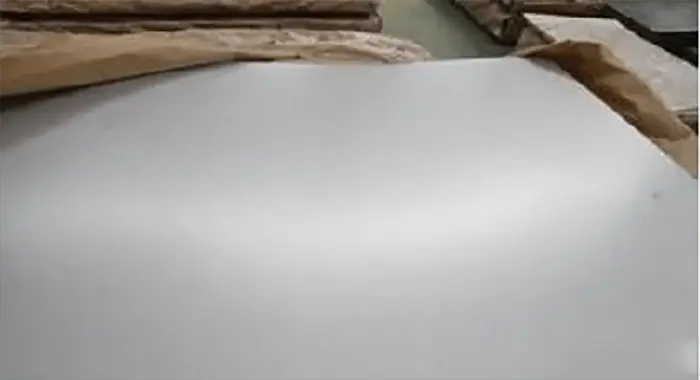
Fig. 3 SGCC galvanized sheet
Surface Characteristics: SGCC with ordinary zinc coating exhibits a distinctive surface appearance characterized by a pronounced spangle pattern. This pattern consists of large, irregular crystalline structures visible to the naked eye, giving the surface a rough and mottled texture. The zinc coating typically displays a dull gray color with variations in shade across the surface.
A notable feature of this coating is the presence of black zinc spots, also known as “black speck” or “zinc ash.” These spots are small, dark imperfections that result from the hot-dip galvanizing process, where zinc oxide particles become trapped in the coating. While these spots do not significantly affect the corrosion resistance, they can impact the aesthetic appeal of the material.
The overall color of SGCC with ordinary zinc tends to be darker compared to other zinc coatings, such as minimized spangle or zero spangle finishes. This darker appearance is due to the larger zinc crystals that form during the cooling process, which scatter light differently than smaller, more uniform crystal structures.
It’s important to note that while the rough spangle and black spots are characteristic of this coating type, they may affect paint adhesion and the final appearance of painted products. Therefore, applications requiring a smooth, blemish-free surface may require additional processing or alternative coating methods.

Fig. 4 SGCC with ordinary zinc
The surface of SECC (Electrolytically Zinc Coated Steel Sheet) exhibits superior smoothness and uniformity compared to other galvanized steel variants.
Regarding corrosion resistance, SECC demonstrates enhanced performance under equivalent zinc coating thicknesses. This superiority stems from the electrolytic process, which produces a more uniform and densely packed zinc layer compared to hot-dip galvanizing methods. The consistent zinc distribution ensures better protective properties against rust formation.
Surface Characteristics: SECC possesses a smooth, even surface with high resistance to mechanical damage. Its appearance ranges from a lustrous silvery-gray to a subtle bluish tint, depending on the specific zinc coating composition and thickness.
SECC typically exhibits good fingerprint resistance due to its smooth surface. However, some variants are coated with a thin layer of oil or baked-on paint for additional protection. While these coatings enhance corrosion resistance, they may reduce surface adhesion properties, potentially necessitating preparatory surface treatments like polishing or chemical cleaning before painting or bonding operations.
It’s important to note that SECC without protective oil coatings may have reduced fingerprint resistance. These uncoated variants often present a slightly rougher surface texture with a darker, more matte appearance due to the exposed zinc layer. The specific surface characteristics can vary based on the electrolytic process parameters and any post-treatment applications.

Fig. 5 SGCC with high zinc
SECC (Steel Electrogalvanized Cold-rolled Coil) plates are produced through an electrolytic galvanization process applied to cold-rolled steel. This process involves depositing a thin layer of zinc onto the steel substrate using electrolysis, resulting in a uniform and tightly adhered zinc coating.
These plates offer excellent corrosion resistance and are widely used in various industries, including automotive, appliances, and construction. The electrogalvanized coating provides superior paint adhesion and formability compared to hot-dip galvanized alternatives.
Surface Characteristics: SECC plates typically have a smooth, matte finish with a light gray appearance. The surface texture is uniform and free from the spangle pattern associated with hot-dip galvanized products.
The zinc coating thickness can be precisely controlled, ranging from 2.5 to 20 μm (microns) per side, allowing for customization based on the intended application and corrosion protection requirements.

Fig. 6 SECC electrolytic plate
Al
Aluminum is a versatile lightweight metal characterized by its low density (approximately 2.7 g/cm³) and relatively low melting point of 660.32°C (1220.58°F). This combination of properties makes it highly suitable for various manufacturing processes and applications across industries.
While pure aluminum (99.9% Al) exhibits excellent corrosion resistance due to the rapid formation of a protective oxide layer, it is indeed susceptible to further oxidation in certain environments. However, this natural oxide film also provides a barrier against further corrosion. The metal possesses good tensile strength, typically ranging from 90-140 MPa for pure aluminum, which can be significantly enhanced through alloying and heat treatment processes.
Surface Characteristics: The surface of aluminum exhibits distinct features that contribute to its widespread use:
These surface properties, combined with aluminum’s excellent machinability and formability, make it an ideal material for applications ranging from aerospace components to architectural facades and consumer products.

Fig. 7 SGLCC aluminum zinc clad plate (1)

Fig. 8 SGLCC aluminum zinc clad plate (2)
Tinplate (SPTE) is a low carbon steel substrate electroplated with a thin layer of tin (Sn).
Features: This composite material retains the excellent formability and ductility of low carbon steel while benefiting from the corrosion resistance and solderability provided by the tin coating.
Typically, tinplate thickness ranges from 0.15mm to 0.49mm, with coating weights varying from 1.0 to 11.2 g/m² per side, depending on the application requirements.
Purpose: Tinplate serves multiple purposes in various industries. It is widely used in food packaging due to its non-toxic nature and ability to preserve food quality. In electronics, it acts as an effective electromagnetic shield, preventing interference. Additionally, it’s suitable for small-scale stamping operations, particularly in the production of bottle caps, tin cans, and various small metal components.
Spring steel is a medium carbon steel alloyed with elements such as manganese (Mn), chromium (Cr), silicon (Si), and in some grades, vanadium (V) or nickel (Ni).
Characteristics: This material exhibits high yield strength and excellent elastic properties, allowing for substantial elastic deformation without permanent set. This makes it ideal for applications requiring energy storage and release, shock absorption, or repetitive loading cycles.
Spring steel typically has a smooth, polished surface with a silver-gray appearance. The precise shade can vary depending on the specific alloy composition and heat treatment. While the surface may feel smooth, it’s important to note that spring steel is exceptionally hard and resilient, not soft to the touch in terms of malleability.

Fig. 9 SPTE tinplate
Stainless steel is a corrosion-resistant alloy primarily composed of iron, chromium (minimum 10.5%), and often nickel, with the potential inclusion of other elements such as molybdenum, titanium, or nitrogen. This composition enables it to withstand corrosion from atmospheric conditions, acids, alkalis, and salt solutions.
The corrosion and rust resistance of stainless steel can be tailored through the careful selection of alloying elements and their proportions. For instance, austenitic stainless steels (300 series) offer excellent corrosion resistance in most environments, while ferritic grades (400 series) provide good resistance to stress corrosion cracking.
Key characteristics of stainless steel include:
To enhance the surface quality of stainless steel plates, various surface treatments are employed. These treatments not only improve aesthetic appeal but also influence functional properties. Common surface finishing methods include:
Wire drawing, while not typically a surface treatment for plates, is a crucial process in producing stainless steel wire with specific diameters and mechanical properties. This process involves pulling the steel through a series of dies with progressively smaller diameters, which can significantly improve tensile strength and surface finish.
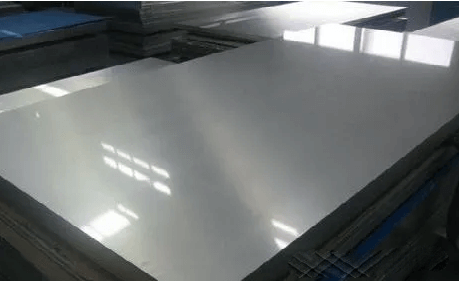
Fig. 10 SUS stainless steel
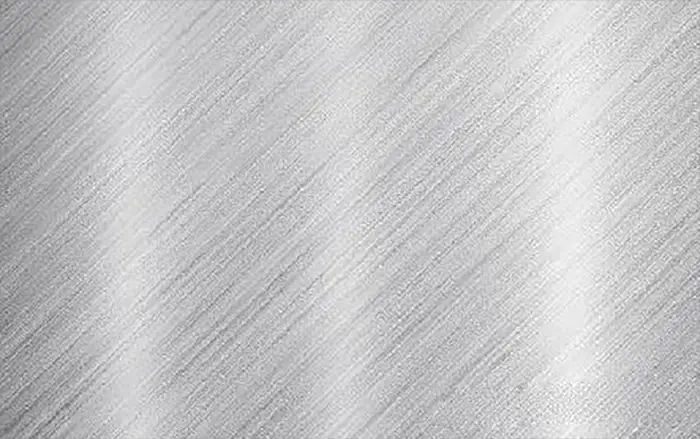
Fig. 11 Brushed
Copper (Cu) is a versatile transition metal with atomic number 29, renowned for its exceptional properties and widespread applications in industry and technology.
In its pure form, copper exhibits a distinctive reddish-orange hue with a lustrous metallic sheen when freshly cut. The element’s natural color is a warm, purplish-red tone, which develops a characteristic green patina when exposed to air over time due to oxidation.
Copper’s outstanding physical and chemical properties make it indispensable in various sectors. Its excellent ductility allows for easy drawing into wires, while its high thermal conductivity (second only to silver among pure metals) and superior electrical conductivity (about 97% that of silver) make it the material of choice for electrical wiring, heat exchangers, and electromagnetic applications.
In the construction industry, copper is prized for its corrosion resistance and aesthetic appeal. It’s commonly used in roofing, plumbing systems, and architectural detailing. Additionally, copper forms the basis for numerous alloys, each with tailored properties. Bronze, an alloy of copper and tin, offers increased hardness and durability, while brass, a copper-zinc alloy, combines good machinability with attractive gold-like appearance and enhanced acoustic properties.
Copper’s recyclability is a significant advantage in today’s sustainability-focused world. It can be recycled indefinitely without loss of performance, retaining up to 90% of its original mechanical properties. This characteristic, coupled with its natural antimicrobial properties, makes copper an increasingly popular choice in healthcare settings and public spaces.
Moreover, recent advancements in nanotechnology have opened new avenues for copper applications, including its use in conductive inks for printed electronics and as a catalyst in chemical reactions, further cementing its status as a critical material in modern technology and manufacturing.
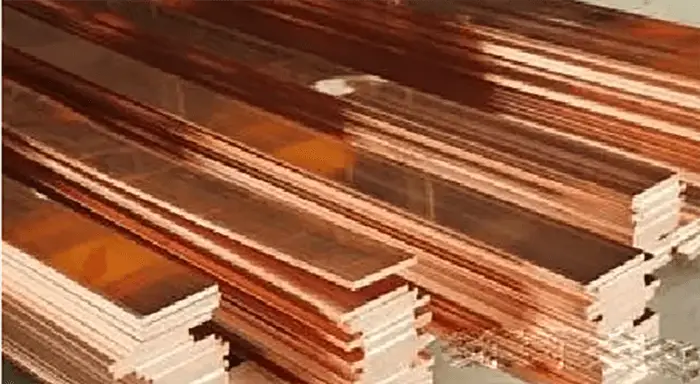
Fig. 12 Red copper

Fig. 13 Pure copper



